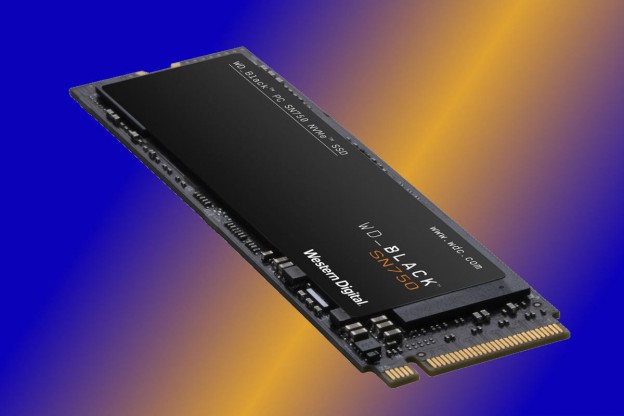The term SSD Caching and SSD Storage have become technology buzzwords today. What are they all about? SSD caching and SSD Storage sound as similar terms and people do get confused, taking both of them as synonyms for each other. This blog attempts to clear the misconception by taking a look at both SSD Caching and SSD Server Hosting Storage, one-by-one.
What is SSD Caching
SSD Caching initially came into being when Intel introduced the Z68 Express chipset for second-generation Core family processors. The major differentiator popularizing the chipset was the integration of Smart Response Technology (SRT) which is now known as SSD Caching.
It aims at serving as a catalyst to enhance the performance for computers that have traditional hard drives. However, SRT or SSD Caching is independent of the Z68 Express chipset hardware and is integrated in Intel’s Rapid Storage Technology (RST) drivers and software (version 10.5 or newer) too.
SSD Caching brings the best of both the worlds, i.e. it’s a great value for money and easy to configure too.
How is SSD Caching Done
SSD Caching is done via a small SSD drive that has the capacity to store commonly accessed data. It is faster than traditional hard drives as it lets the machine read the cached data swiftly, thereby accelerating its performance efficiently.
SSD caching helps in reduction of the load time usually taken by the programs. In a tiered storage environment, the most frequently accessed data is moved to SSD and the remaining data is kept on SAS or SATA drives. This way the overall storage provides higher IOPS as well as a good amount of storage volume. However there is a limit to the benefits associated with it. SSD caching cannot be of much assistance in case if the data is already stored in the computer’s RAM. This is simply due to the fact that a computer’s RAM is much faster than the fastest SSD drive available in the market. The prime advantage of SSD cache comes into action while booting Windows or when a program is operated for the first time after a reboot or power off. The data stored in the RAM gets cleared every time, the computer powers cycles. In such a case, the data is not available in the RAM; however it is still present on the SSD cache drive.
After SSD caching installation and configuration, the data is stored to provide future access within the cache drive. Intel SSD, at a chipset level is only compatible with limited chipsets and its mobile equivalents. However, some motherboard manufactures have released software as a service similar to Intel SSD caching.
What is SSD Storage
A solid state disk (SSD) or electronic disk is mainly a data or information storage device that uses integrated circuit arrangements as memory to continuously store data. SSD technology makes use of electronic interfaces, compatible with conventional block I/O (input/output) hard-disk drives. This allows an easy replacement in the commonly used applications. In addition, the latest I/O interfaces such as SATA Express, are designed to match the latest developments in SSD technology.
Read More at : Key Reasons to Choose Solid State Drives over Hard Disk Drives
What separates SSDs from electromagnetic magnetic disks including floppy disks and hard disk drives (HDDs) is that they do not have mechanical (moving) components. Also they have less latency, lower access time, resistant to physical shock, run silently and offers higher IOPS which makes it much faster than conventional SAS and SATA hard drives. These features make them 7-8 times more costly than HDDs –which contact movable read/write heads and spinning disks – although currently their price is on a continuous decline.
Till the year 2010, most SSDs were leveraging NAND based flash technology boasting of its potential to retain data without power. For the applications that require faster access and not essentially the data persistence after power loss, SSDs were constructed from Random Access Memory (RAM).
Read More at : What advantages does an SSD cloud server have over a shared hosting plan?






 Live Chat
Live Chat